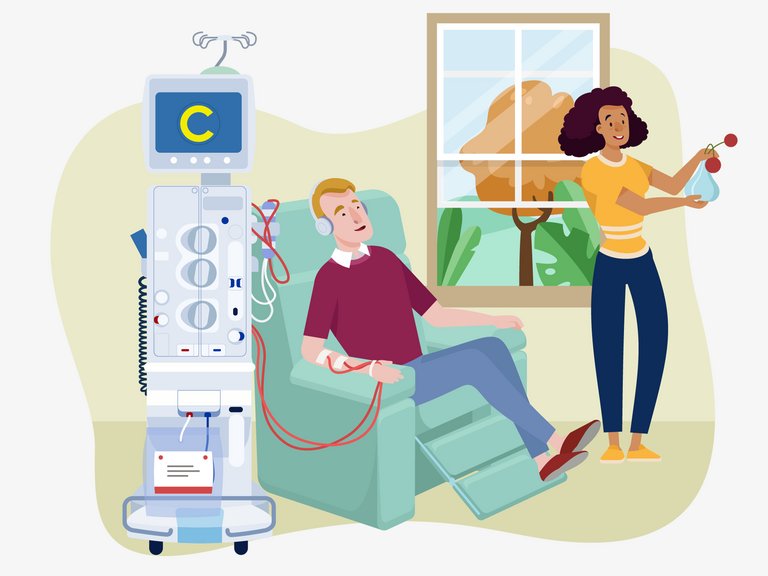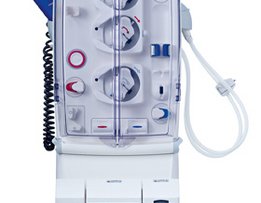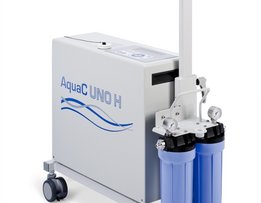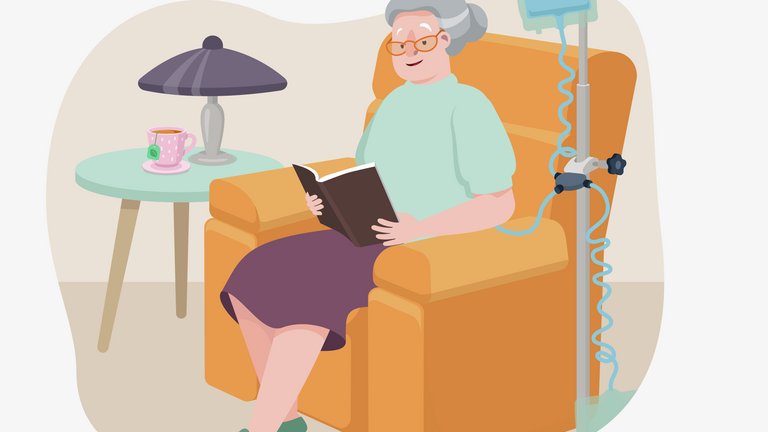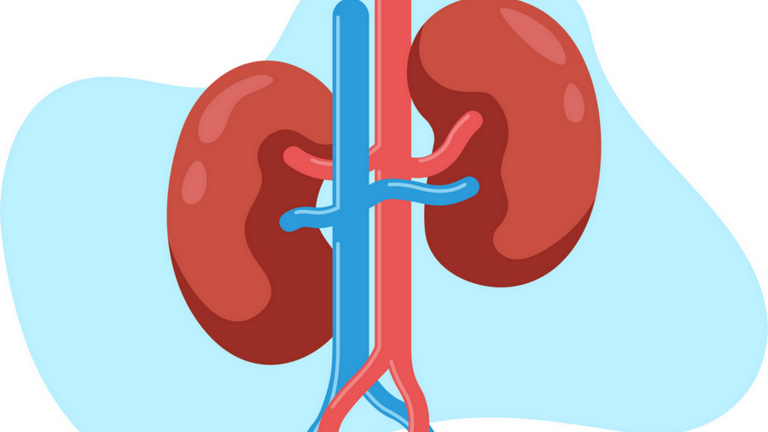Four different home haemodialysis treatment modalities exist:
- Conventional haemodialysis treatments last about four hours and are performed three times per week. Conventional haemodialysis is the most common dialysis modality which is also offered in the dialysis centre.
- Short daily haemodialysis is performed for two to three hours per day, about five to seven times per week.
- Nocturnal haemodialysis is performed at night while you sleep. Nocturnal haemodialysis lasts about eight to ten hours. You will dialyse three or seven nights per week.
- Every-other-day haemodialysis treatment sessions are performed every second day. The length of the treatment sessions is usually four hours, but may vary according to your doctor’s prescription.
In fact, every combination of time and frequency is possible, which makes HHD such a flexible treatment.
